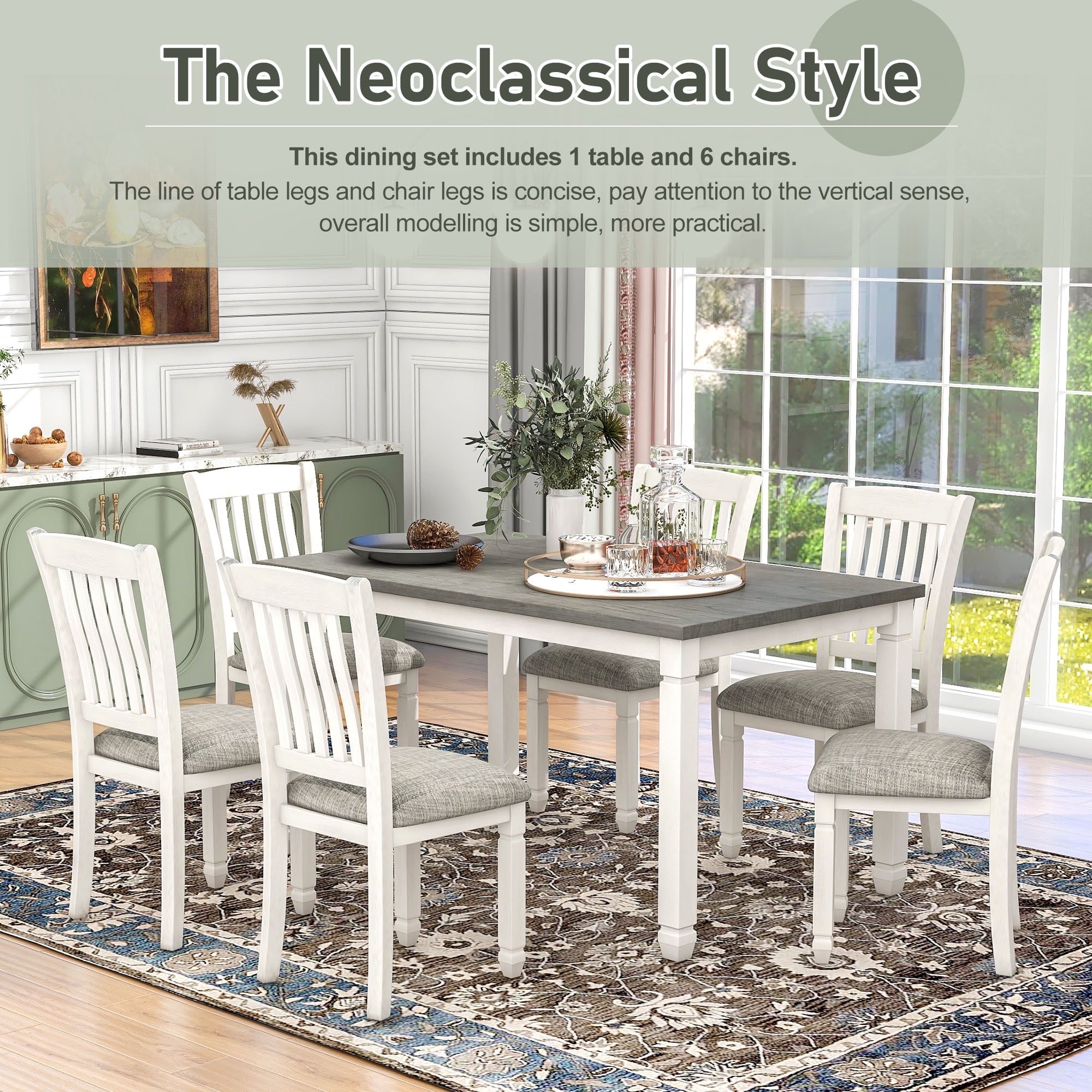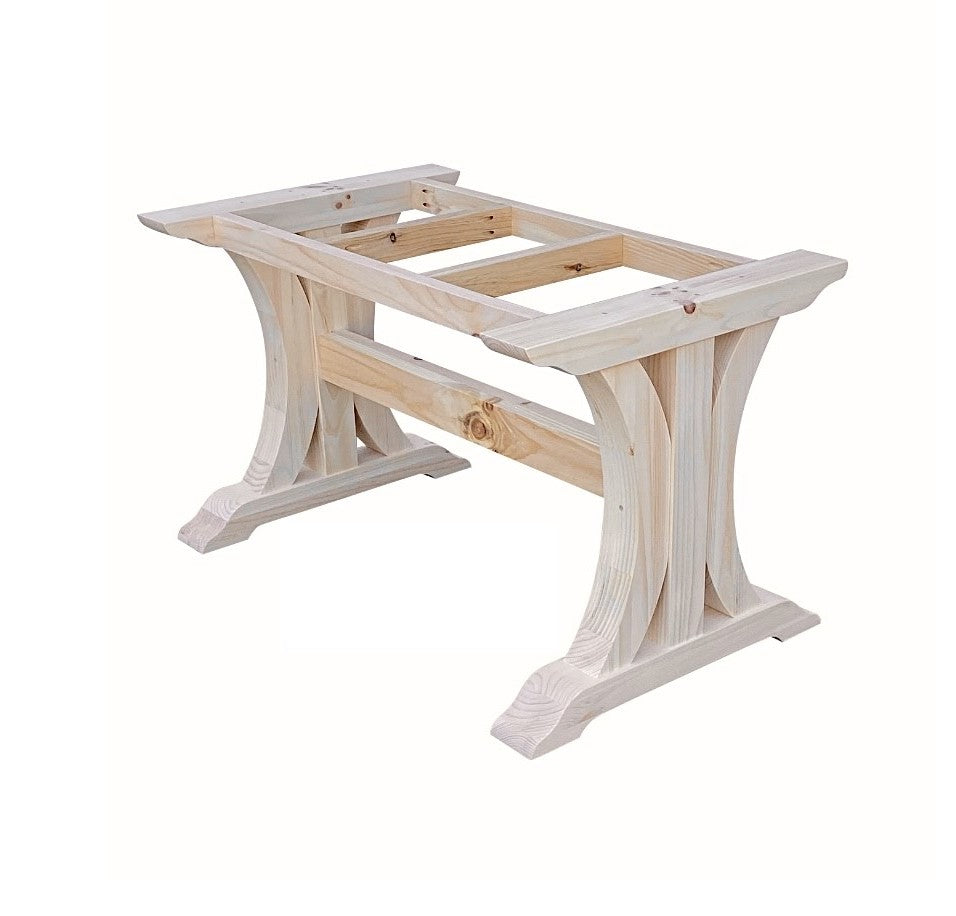Unique Dining Room Table Legs That Will Elevate Your Dining Area
Unique Dining Room Table Legs That Will Elevate Your Dining Area
Blog Article
From Typical to Modern: Discover the Perfect Eating Area Table Legs for Your Style
While classic styles such as cabriole and transformed legs evoke a feeling of classic class, contemporary designs like hairpin and geometric options offer a chance for striking aesthetic interest. As you think about these aspects, the inquiry continues to be: exactly how can you seamlessly incorporate these varied leg designs to create a harmonious dining experience?
Comprehending Table Leg Styles
The variety of eating room table leg designs can dramatically influence both the looks and functionality of the room. Each leg style adds special practical functions and aesthetic aspects, dealing with varied style preferences and usage demands. Comprehending these styles is critical for picking the right dining table that lines up with your overall interior design vision.
For example, conical legs supply a clean, timeless appearance that can improve a room's elegance, while pedestal bases offer stability and optimize legroom, making them excellent for smaller sized areas. Hairpin legs, a hallmark of mid-century contemporary style, present an industrial flair, enabling a ventilated, open feeling. Trestle legs evoke rustic charm, providing robust assistance and a sense of timelessness.
Moreover, the selection of materials plays a considerable duty. Wooden legs can bring warmth and texture, whereas metal alternatives often convey a sleek, contemporary ambiance. Ultimately, understanding table leg designs is necessary for creating a natural eating location that shows individual design while making certain usefulness and convenience. By thoughtfully thinking about these aspects, you can improve both the useful and visual charm of your dining room.
Standard Table Leg Options
When picking dining-room table legs, conventional alternatives typically personify ageless sophistication and workmanship. These designs reflect an abundant heritage and a commitment to high quality, making them suitable for those who value timeless appearances.
One of the most legendary standard leg styles is the cabriole leg, defined by its elegant bent shape. This design often includes attractive makings and is most generally discovered in Queen Anne and Chippendale furnishings. Another preferred option is the turned leg, which boasts a collection of smooth, rounded shapes that offer a traditional appearance while keeping stability.
Furthermore, the straight leg, while easy, uses a unadorned and tough structure that can mix perfectly with a range of tabletop designs. For those attracted to ornate outlining, claw-and-ball feet legs evoke a sense of splendour and can serve as a magnificent centerpiece in any kind of dining space.
Finally, pedestal bases, although not strictly legs, give an alternative traditional option that enables adequate legroom and can be wonderfully carved. Each of these traditional leg styles adds to the total ambiance of a dining-room, weding feature with aesthetic allure.

Modern Table Leg Layouts
Modern table leg designs supply a diverse variety of designs that emphasize ingenious products and tidy lines. These layouts frequently focus on capability while acting as striking focal factors within a dining area. Minimalist appearances are common, with legs crafted from products such as steel, glass, and crafted timber, which add to a airy and contemporary feel.
One prominent style is the hairpin leg, defined by its slender, conical framework that offers security without frustrating the table click site top (dining room table legs). This design is often discovered in mid-century contemporary furniture and can effortlessly complement numerous table shapes. Another trend is the usage of geometric shapes, where legs might take on angular or unbalanced kinds, adding aesthetic rate of interest and a touch of virtuosity

Blending Designs for Unique Rooms
Commonly, house owners seek to produce special eating spaces that reflect their personal style by blending various layout aspects. This home strategy enables the incorporation of varied aesthetics, resulting in a harmonious yet distinctive environment. As an example, matching a rustic wood table with sleek, modern steel legs can produce an attractive contrast that boosts the space's general appeal.
In addition, incorporating vintage table legs with contemporary tabletops can evoke a feeling of background while maintaining a contemporary perceptiveness. Such combinations not only showcase individual preference yet additionally motivate creative thinking, allowing house owners to curate a space that really feels both personal and inviting.
Color plays an essential function in this mixing process; picking table legs that enhance or contrast with the existing color pattern can enhance visual rate of interest. Whitewashed legs can soften the boldness of her latest blog a dark table surface area, developing a well balanced visual.
Tips for Choosing the Right Legs
Picking the right table legs is necessary for accomplishing both functionality and visual appeal in your eating space. Begin by thinking about the total design of your area. Conventional setups benefit from legs that feature complex makings or turned styles, while modern spaces might ask for sleek, minimalist designs.
Following, analyze the height and stability of the legs. dining room table legs. Typical table vary between 28 to 30 inches in elevation, so guarantee the legs complement this measurement for comfort. Furthermore, durable materials, such as hardwood or metal, can enhance stability and durability
Examine the leg form too-- options include directly, tapered, or stand styles. Straight legs offer a classic look, while tapered legs can add a touch of beauty. Pedestal bases offer ample legroom and are ideal for smaller sized spaces.
Conclusion
In recap, picking the excellent eating area table legs needs cautious factor to consider of both typical and contemporary designs. By balancing leg style, height, and material with the overall decoration, a cohesive and welcoming environment can be achieved.
The range of dining area table leg designs can dramatically influence both the aesthetic appeals and performance of the space. Eventually, comprehending table leg designs is important for producing a natural dining area that reflects personal design while making certain practicality and convenience.One of the most renowned traditional leg styles is the cabriole leg, characterized by its graceful curved form. Straight legs supply a classic look, while tapered legs can add a touch of style.In summary, choosing the excellent dining area table legs needs careful factor to consider of both contemporary and conventional designs.
Report this page